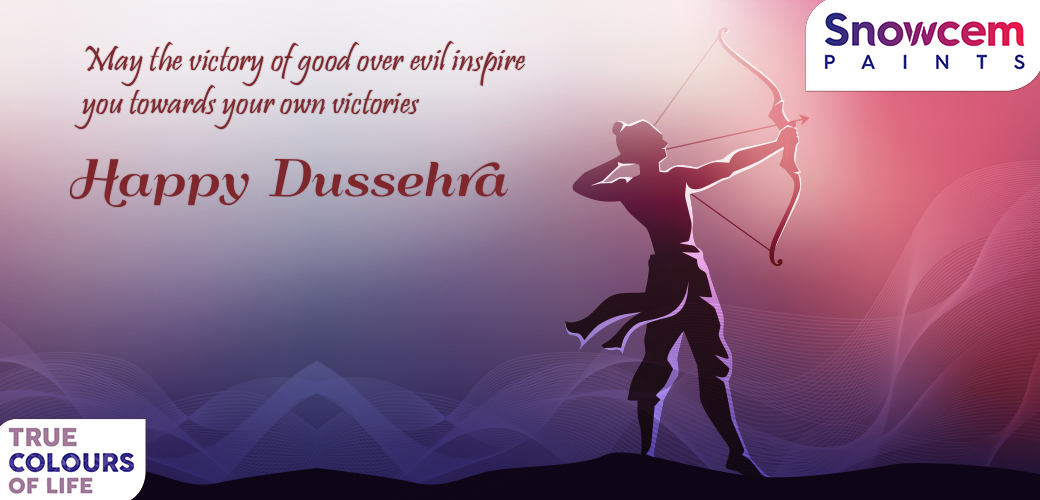
Many people of the Hindu faith observe Dussehra through special prayer meetings and food offerings to the gods at home or in temples throughout India. They also hold outdoor fairs (melas) and large parades with effigies of Ravana (a mythical king of ancient Sri Lanka). The effigies are burnt on bonfires in the evening. Dussehra is the culmination of the Navaratri festival.
There are many local celebrations in some areas in India that can last for up to 10 days. Local events include performances of the Ramleela (a short version of the epic Ramayana), a large festival and procession including the goddess Chamundeshwari on a throne mounted on elephants in the town of Mysore in the state of Karnataka, the blessing of household and work-related tools, such as books, computers, cooking pans and vehicles in the state of Karnataka, the preparation of special foods, including luchi (deep fried flat bread) and alur dom (deep fried spiced potato snacks), in Bengal.
Many Hindus also believe that it is lucky to start a new venture, project or journey on Dussehra. They may also exchange gifts of leaves from the Shami tree as a symbol of the story of the Pandavas brothers’ exile in the Mahabharata stories.
It is a very large-scale event with people celebrating the triumph of good over bad. Everyone gets dressed up in his or her best of ethnic clothes, women carry beautiful dupattas with different colourful embroidery or designing on them and they circle around the bonfire celebrating ravana’s defeat.
Public Life
Government offices, post offices and banks are closed in India on Dussehra. Stores and other businesses and organisations may be closed or have reduced opening hours in the spirit of happiness and marking this great event.
Background
Dussehra celebrates the Hindu god Rama’s victory over the demon king Ravana. The epic Ramayana tells the story of the Lord Rama who wins the lovely Sita for his wife, only to have her carried off by Ravana, the demon king of Lanka.
Ravana plays an important role in the Ramayana. Ravana had a sister known as Shoorpanakha. She fell in love with the brothers Rama and Lakshamana and wanted to marry one of them. Lakshamana refused to marry her and Rama could not as he was already married to Sita.
Shoorpanakha threatened to kill Sita, so that she could marry Rama. This angered Lakshamana who cut off Shoorpanakha’s nose and ears. Ravana then kidnapped Sita to avenge his sister’s injuries. Rama and Lakshamana later fought a battle to rescue Sita. The monkey god Hanuman and a huge army of monkeys helped them.
The Mahabharata is another series of Hindu stories that play a role in the Dussehra festival. The Pandavas were five brothers who fought evil forces with a set of distinctive weapons. They abandoned their weapons and went into exile for one year. They hid their weapons in a Shami tree and found them at the same place when they returned from exile. They then worshipped the tree before going to a battle, which they won. This epic is also commemorated during Dussehra.
Symbols
Symbols seen throughout the Dussehra/Vijaya Dashami celebrations include:
- Bonfires and fireworks
- Paper and wood effigies of Ravana.
- Red spots (tika) painted on people’s foreheads.
The effigies of Ravana are often burnt on the bonfires.
The entire commemoration is worth experiencing. It is a mesmerising and joyous occasion. The burning orange flame, people dressed up in their colourful, bright and attractive outfits, children running around bursting crackers that emit sparkles, a gathering of all the residents of an area and uniting against the odds as one is something that creates a thousand memories. It is a celebration with a very deeply rooted moral cause.

